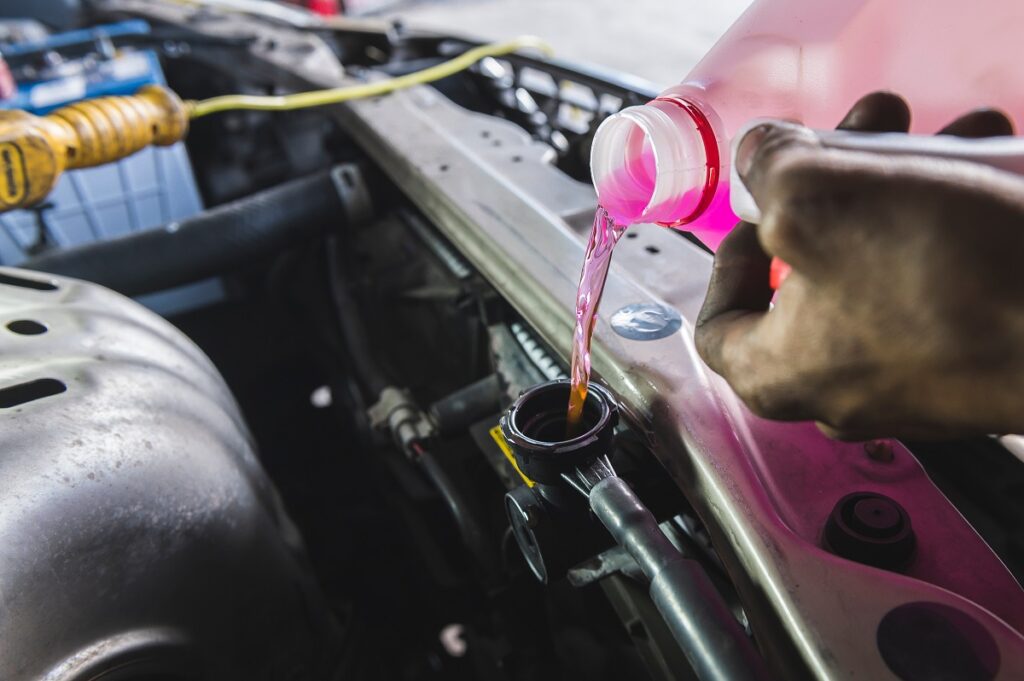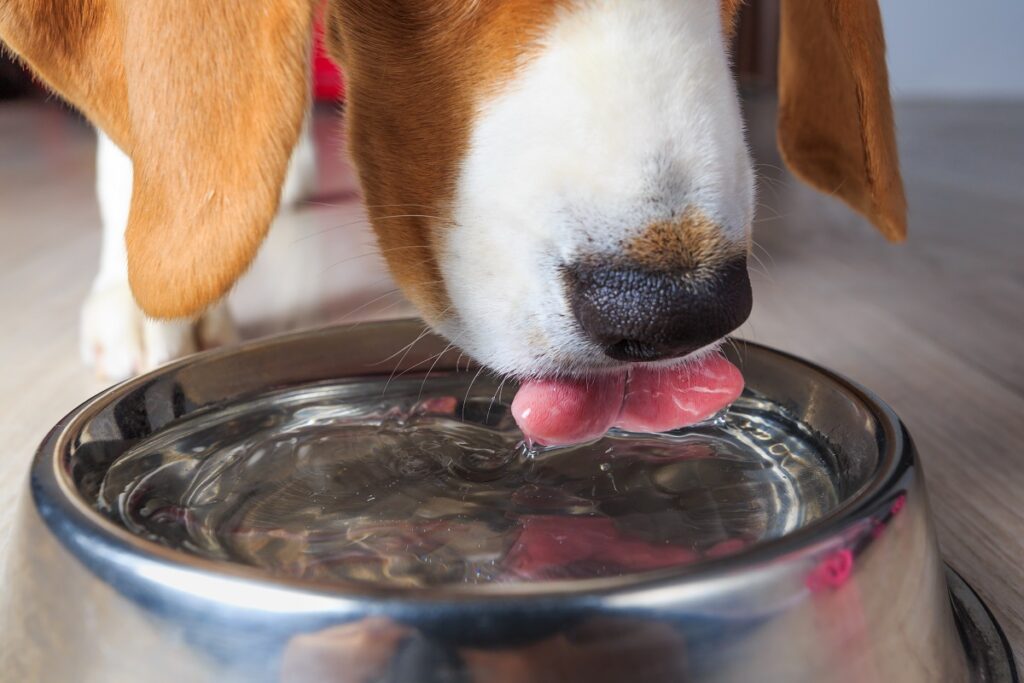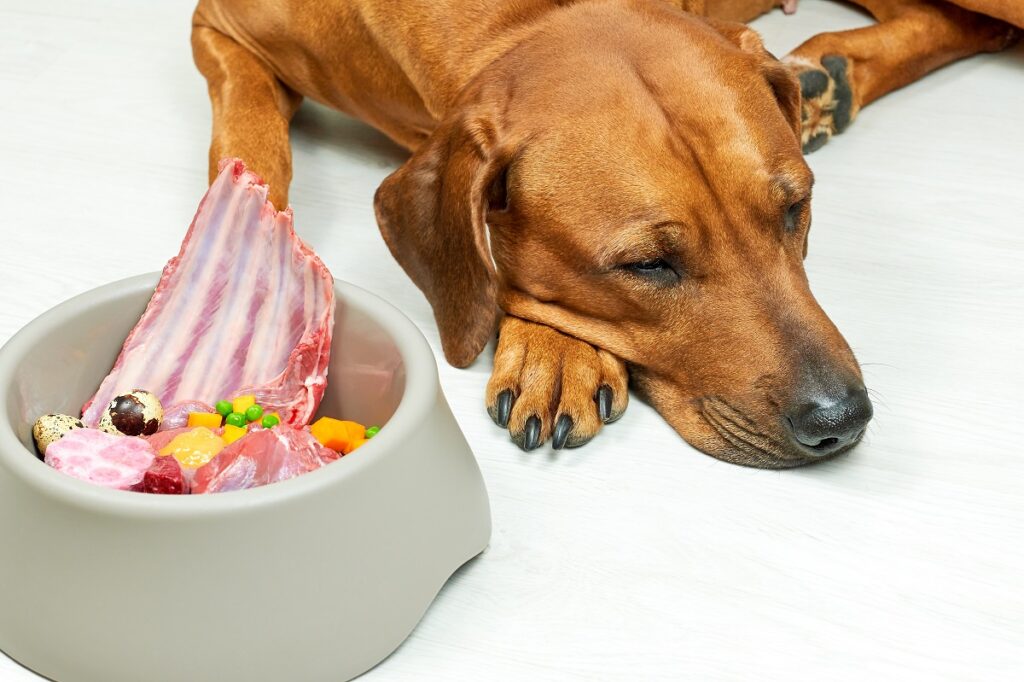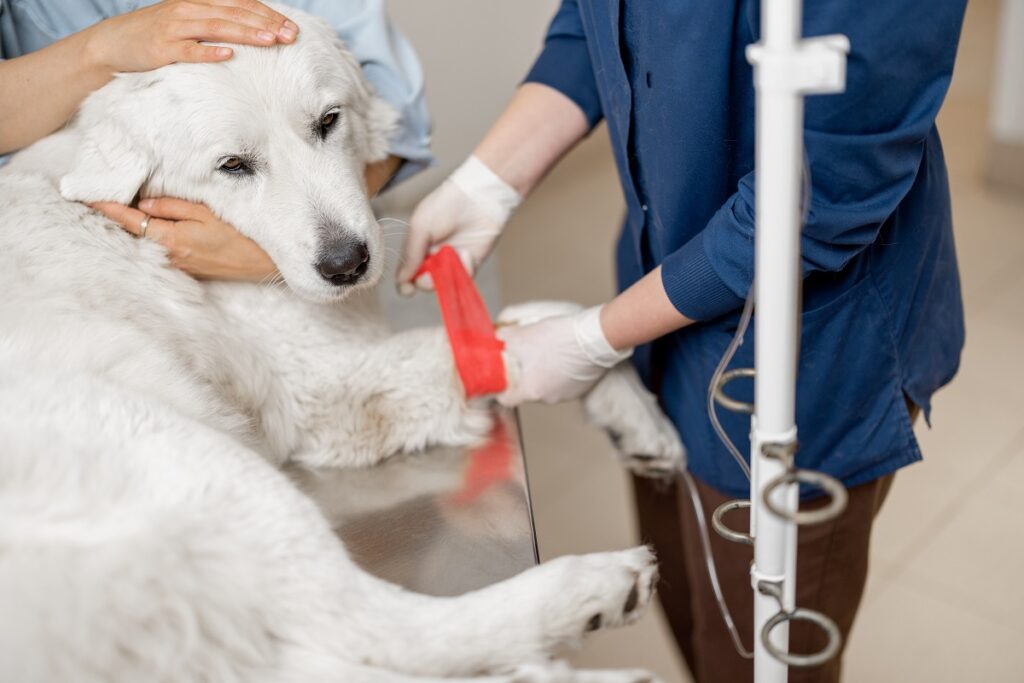“This post contains affiliate links, and I will be compensated if you make a purchase after clicking on my links.”
Every year, thousands become victims of anti freeze poisoning in dogs. And this is caused by ethylene glycol.
What is Ethylene glycol?
Ethylene glycol is the colored fluid found in your car’s radiator. It is an ingredient found in anti freeze, radiator coolants, brake fluid, etc.

Like other tasty yet toxic food, dogs are attracted to this because it tastes sweet. And dogs may find containers with it or small puddles on the garage floor and lick it.
How much Anti Freeze is toxic to dogs?
Any amount of anti freeze is dangerous. But a 10-kilo dog can die from three tablespoons of it.
In addition to this, the minimum deadly dose of undiluted ethylene glycol in dogs is 4.4 mL/ per kilogram body weight.
Symptoms of Anti Freeze poisoning in dogs in the first 12 hours
Anti freeze poisoning in dogs has two main stages: the short term symptoms and the long term effects.
The symptoms and the severity depends on how much anti freeze the dog has drunk. And the early symptoms happen as early as thirty minutes after ingestion. While peak blood concentrations happen after 3 hours.

Furthermore, early symptoms are similar to alcohol intoxication. And the dog may display the following symptoms:
- Staggering drunken appearance (this is the most common symptom)
- Excessive thirst
- Excessive urination
- Panting
- Vomiting
- Loss of coordination
- Seizures or tremors
Your dog may seem to recover from these symptoms after about 12 hours. But the effects will continue to cause damages. And this will especially happen to the kidneys. And the damage is irreparable.
Symptoms of Anti Freeze poisoning in dogs over the next few days
As mentioned above, anti freeze can destroy parts of the kidneys. And this is caused when crystals form in the kidneys. The damage, unfortunately, results to death.

The symptoms of kidney damage usually show up 36 to 72 hours after ingestion. And these are the following:
- Lethargy
- Inability to urinate
- Loss of appetite
- Mouth ulcers
- Dehydration
- Excessive salivation
- Painful, swollen kidneys
Treatment of Anti Freeze poisoning in dogs
If you think your dog has drunk anti freeze, go to your veterinarian as soon as possible. The sooner you get them to the vet the better chances of survival.
Actually, dogs caught drinking antifreeze have the best chance of survival. This is because your vet will 100% know what they’re treating. And they can conduct the treatment immediately.
Getting treated by the vet in the first few hours is important. And may be successful within 9 to 12 hours after ingestion. Or before crystals begin developing in the kidneys.
The initial treatment involves removing as much glycol ethylene as possible from the stomach and intestines. This is followed by urinating the substance.

Your vet may give your dog medicine to make him vomit. And then they’ll administer a stomach pump where water is pushed into the stomach and then drained out to wash out the toxins.
Furthermore, charcoal is often given to lessen absorption into the dog’s system. IV fluids are also given to flush toxins through the kidneys.
Fomepizole may also be injected through the dog’s veins. This is a specific medicine used for ethylene glycol poisoning treatment.
Prevention
Anti freeze poisoning in dogs can lead to painful deaths. Although some dogs can be saved. Especially if the poisoning is caught in the early stages.
They say prevention is always better than cure. That’s why if you have a dog, it’s best to use a less toxic alternative for your car’s radiator. And many pet owners use a propylene glycol-based product.

It’s also best to always look out for car leaks. And always dispose anti freeze containers immediately.
Furthermore, you need to keep your dog safe and secure in your own backyard. So you can lessen the risk of exposing them to toxic substances.
This article is not written by a veterinarian & should not be considered a replacement for a veterinarian visit. The article is for informative purposes only. While this article was written with great care, we cannot guarantee the accuracy or omissions on this page. If in any doubt whatsoever, seek professional advice from your veterinarian.





















